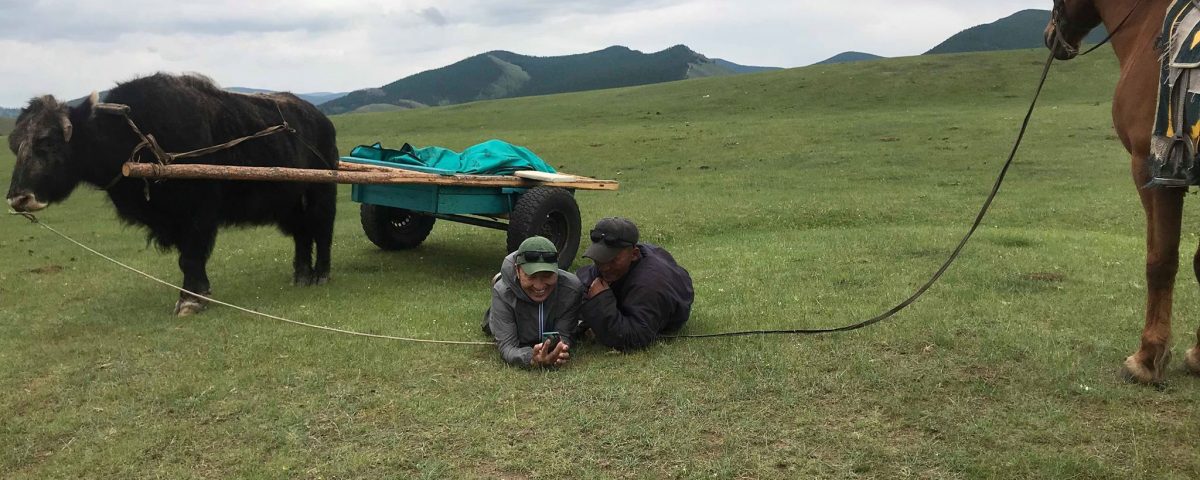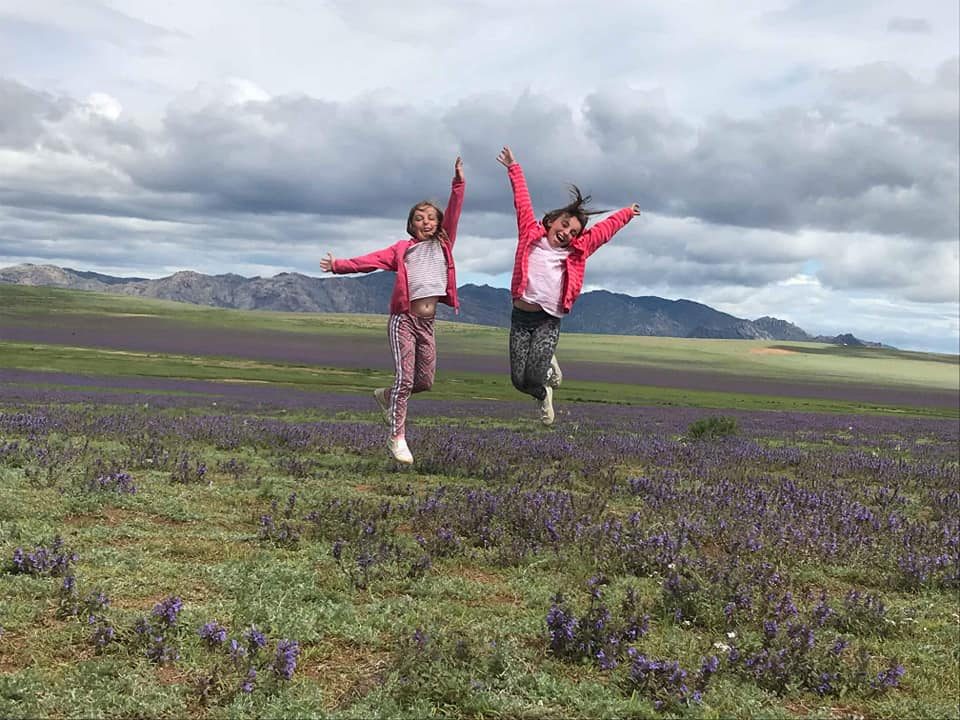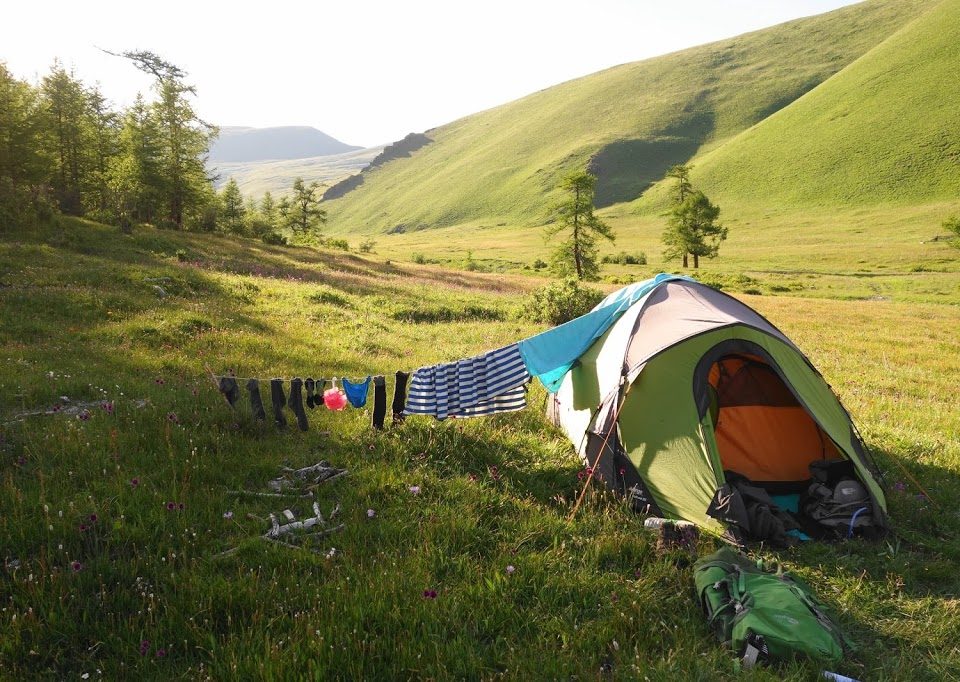Yak Cart Trek Mongolia

Ulaanbaatar – Mongolia’s Capital City
June 7, 2019
Mongolia Archery Workshop
July 29, 2019Yak Cart Trek Mongolia
A yak cart trek in Mongolia gives you the option to slow right down. It’s also a consideration for those with accessibility issues – maybe travellers with limited mobility.
Unlike most companies, our yak cart treks are not tests of endurance where you hike for 20 km a day with the yak cart taking the equipment. Instead, we slow everything right down with the yaks determining the pace of your journey. Why? Well, you combine a mixture of sitting on the yak cart with walking alongside it and as yaks have a slow and steady pace so will you. Exploring in this way means you slow down and start to observe what’s around you – from the wildflowers to the daily way of life being carried out around you.
Two types of yak can be distinguished in Mongolia, according to the area where they are raised – the Khangai and the Altai mountain yak. The large-framed Khangai yak stem from the traditional yak-keeping provinces of Arkhangai, Ovorkhangai, and Khovsgol and rural families in the mountain forest-steppe of the Khangai regions still use carts when collecting water, during their migration and also for other tasks such as collecting wood. And these regions are the areas where we offer our yak cart treks – in partnership with local herding families.
But, there are no highlights or must-see locations. Instead, the natural habitat of the domestic yaks – rolling slopes, river valleys and woodland pastures – form the backdrop. One of our yak cart treks is at the Orkhon Waterfall – also known as Ulaan Tstugalan – in the Orkhon River Valley. Arranged through the Tomorbat family. These images are from one of our Orkhon yak cart treks.
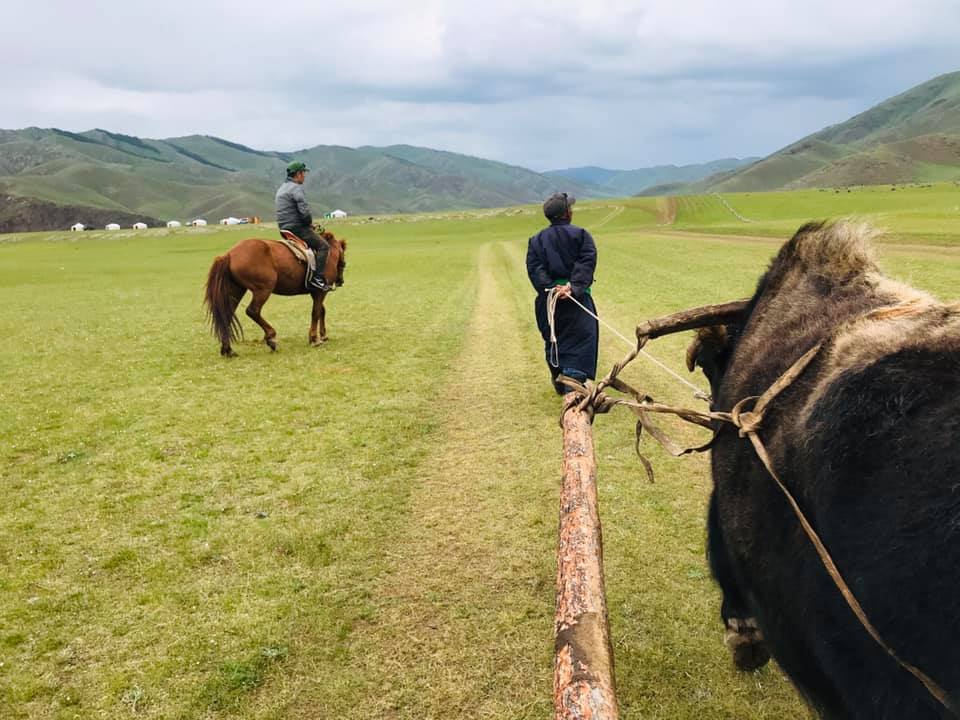
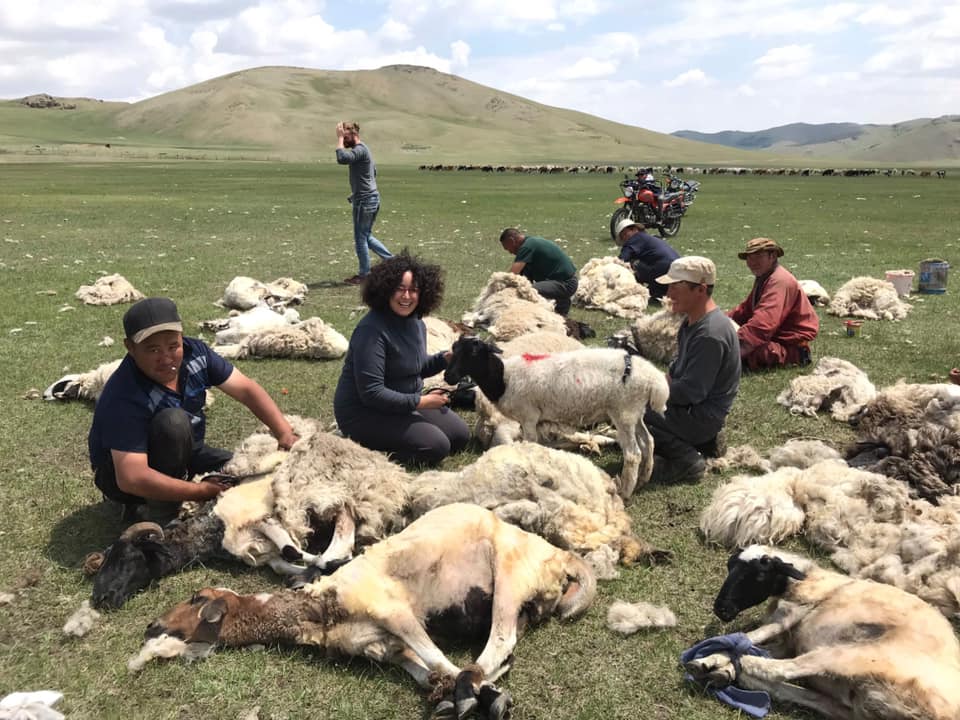

The Ulaan Gol – or Red River – a small tributary that flows to form the magnificent Orkhon Waterfall – Ulaan Tsutgalan (the Red Confluence).

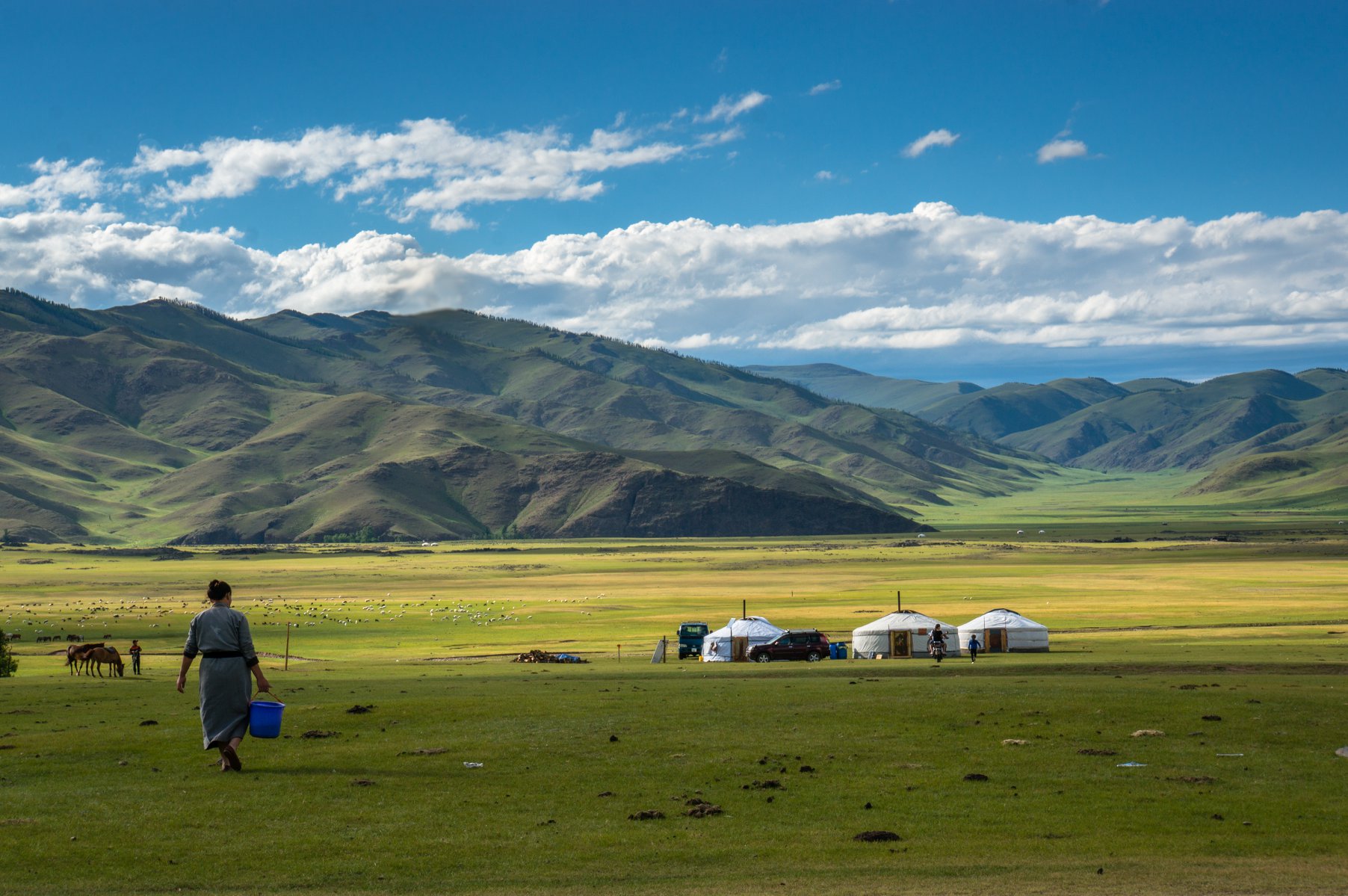

The area surrounding the Orkhon Waterfall (Ulaan Tsutgalan) was created by a series of volcanic eruptions. The 20-meter high waterfall is formed by a series of small streams and rivers including the Ulaan Gol.
Following the peaceful tempo of the yak cart, you discover the region that your herder host calls home – in the area where the family grazes their livestock. That means there’s time for popping in to a friend’s house for tea, or for taking a little time out by the river or learning how to shear sheep – the Mongolian way.
Although we can’t speak for other herders or companies, we know that the herding families we work in long-term local community partnership with – including the one we arrange our yak cart trek through – care about the health and welfare of their yaks. Although there is no room for sentimentality on the Mongolian steppe, the herders are not cruel as their livestock are their insurance policy.
The yak carts used for the yak trek are part of the Mongolian herding culture and not something arranged just for tourism. Yak and yak hybrids (called khainag in Mongolian) are used as draught and pack animals – used for collecting water, wood or for carrying the luggage of herders when they migrate. They are also used for milk, meat and their wool. Those used for riding or for draught and pack animals typically have a nose ring as they are not harnessed like horses; the nose rope allows the rider to control speed and direction.
All livestock in Mongolia is free-ranging including yaks used in trekking. This means they are free to roam and graze and are brought in the evening before or morning of the trek from their grazing grounds. Once the trek is finished, the yaks are free to roam again.
The yaks are working animals used to pulling loads including carts. They are chosen specifically by the herder guides – who are also the owners of the yaks and the carts – and therefore understand the characteristics needed for the yaks to pull the carts. During the trek, we ensure (together with the herding guides) that the yaks receive adequate shelter, care, food and water. We match the weight of the cart to that of the animal and ensure that the weight is evenly balanced. The yak cart trek takes place in a region where the yaks graze – where they can find their natural fodder and water and are operating at an altitude suitable for them. The yaks used in our yak cart treks are not overworked or overloaded, nor forced to work through ill-treatment.
If you are concerned please get in touch but we ask for travellers to have an open mind and an inkling to understanding the situation in Mongolia.
Learn more about how else we work in partnership with Tomorbat and his family in the Orkhon Waterfall region as part of our local travel experiences in Mongolia and his family. Alternatively, take a look at the Mongolia tours and experiences that we offer.
Jess @ Eternal Landscapes


